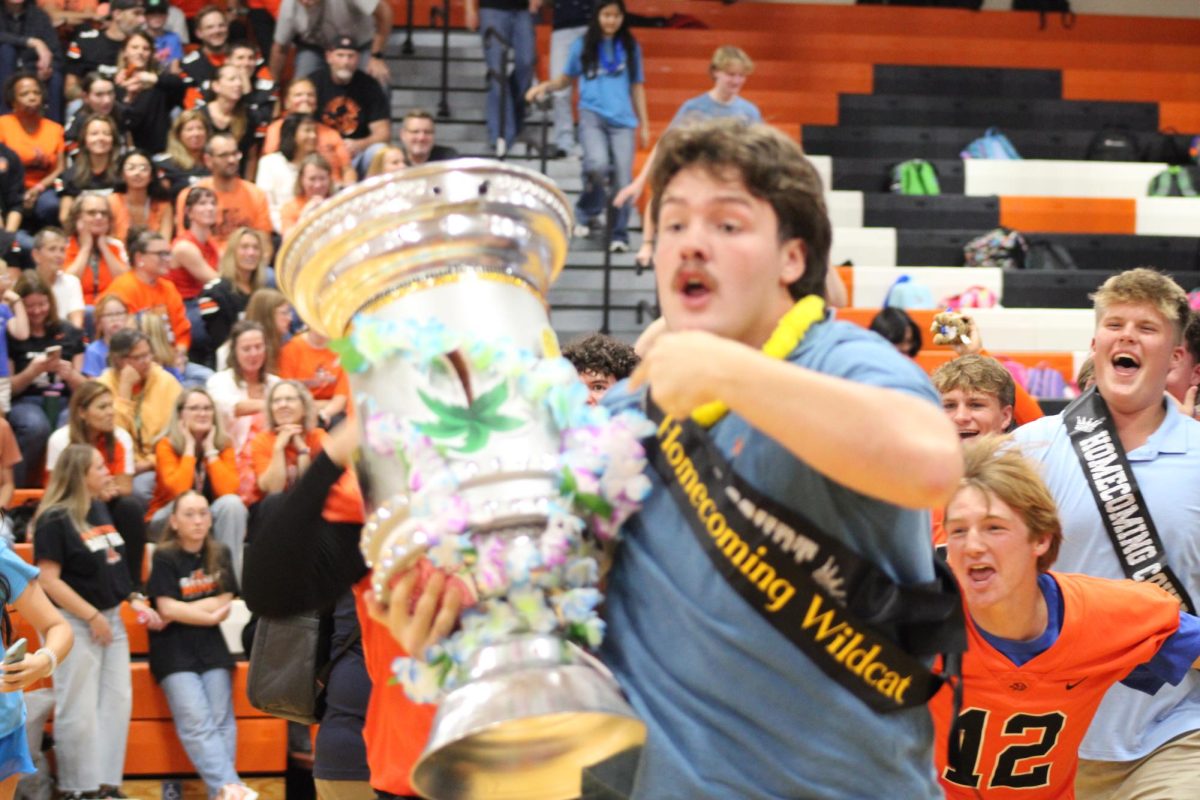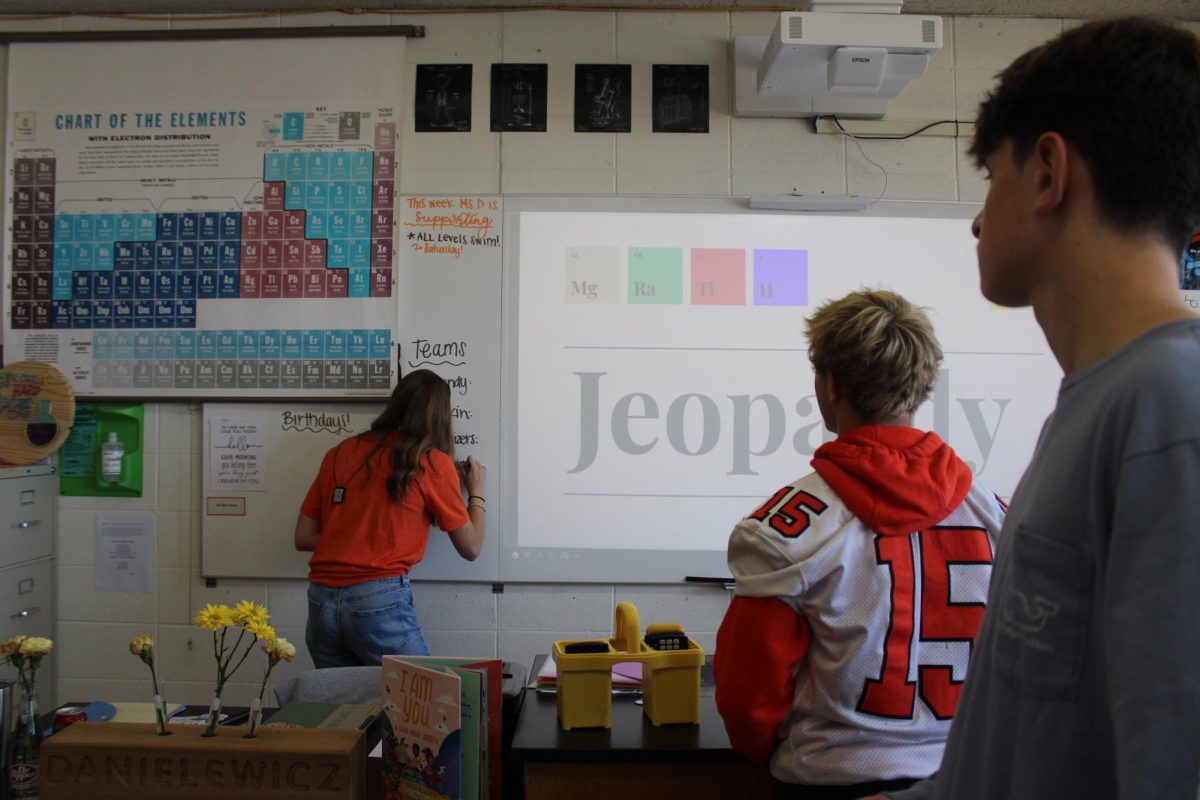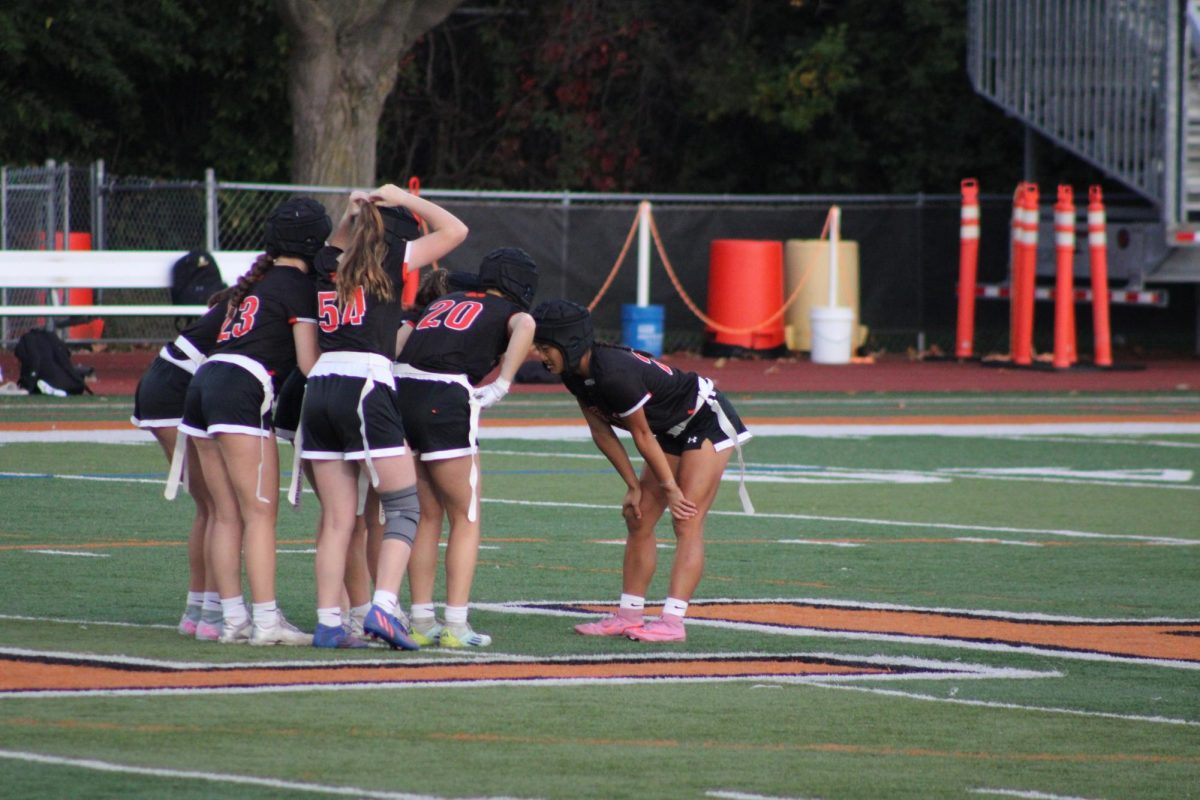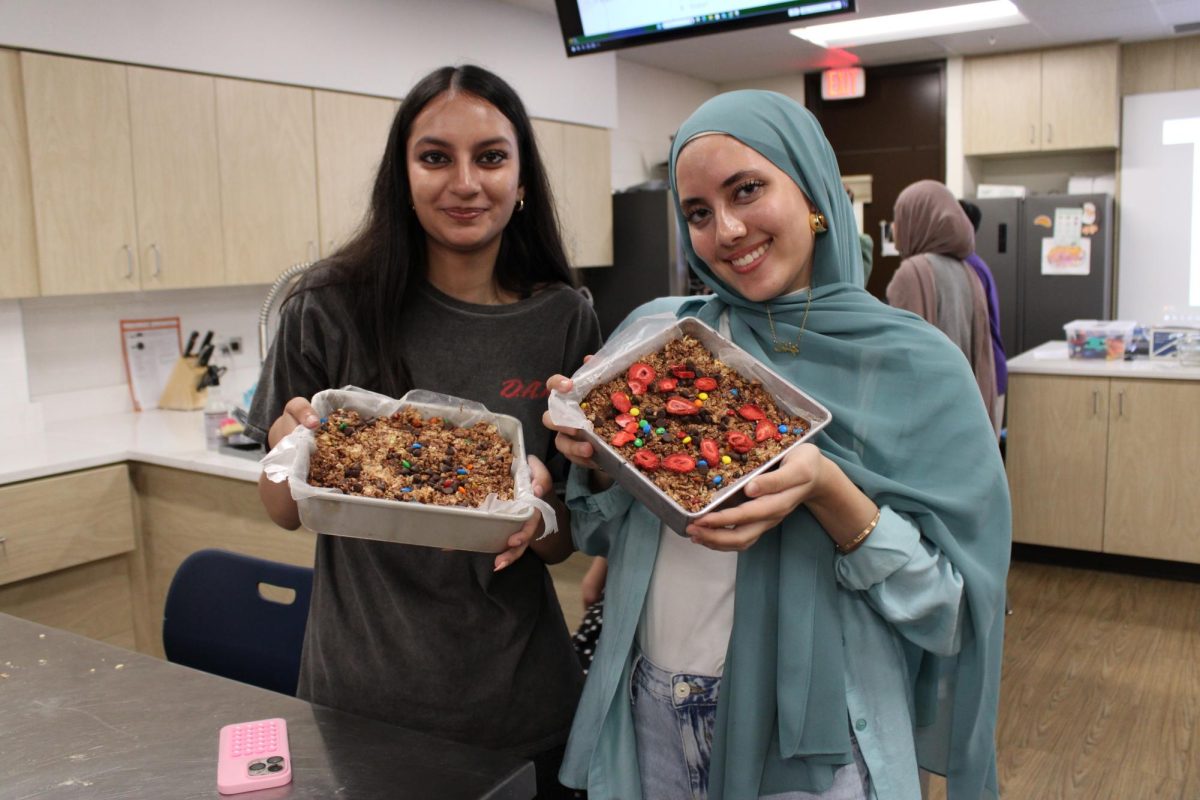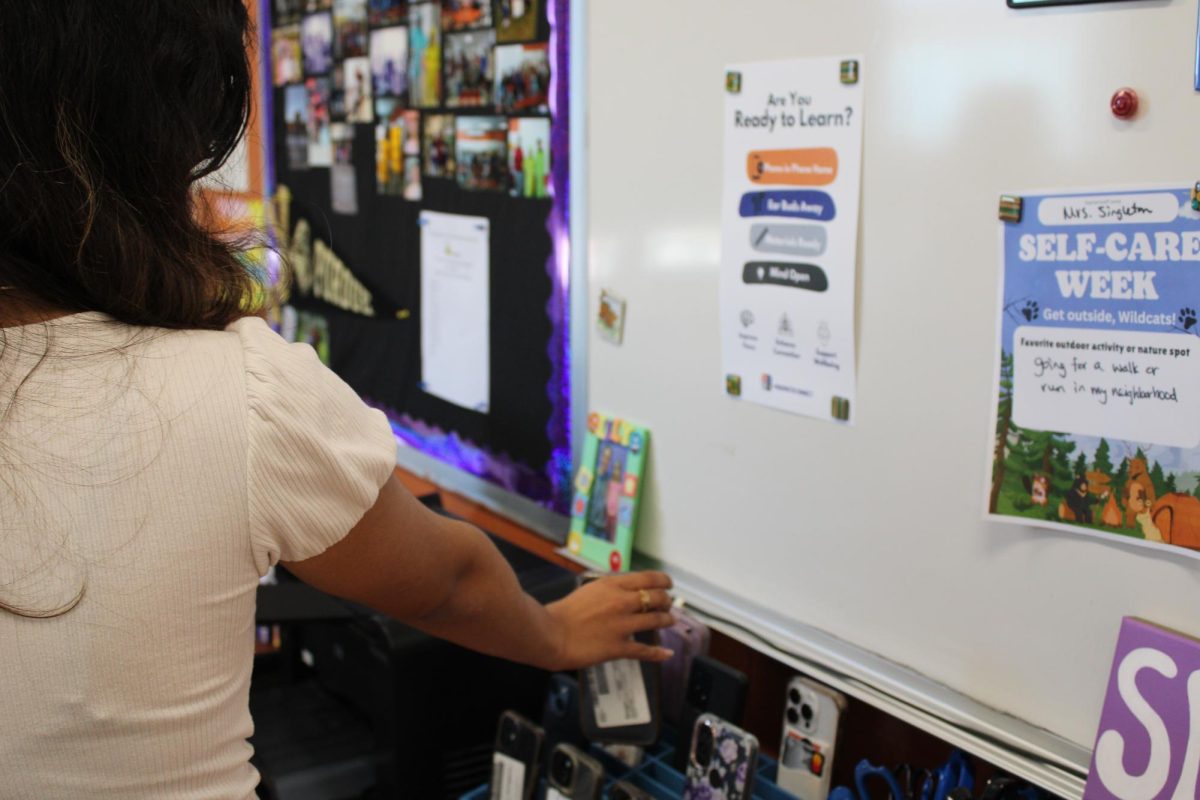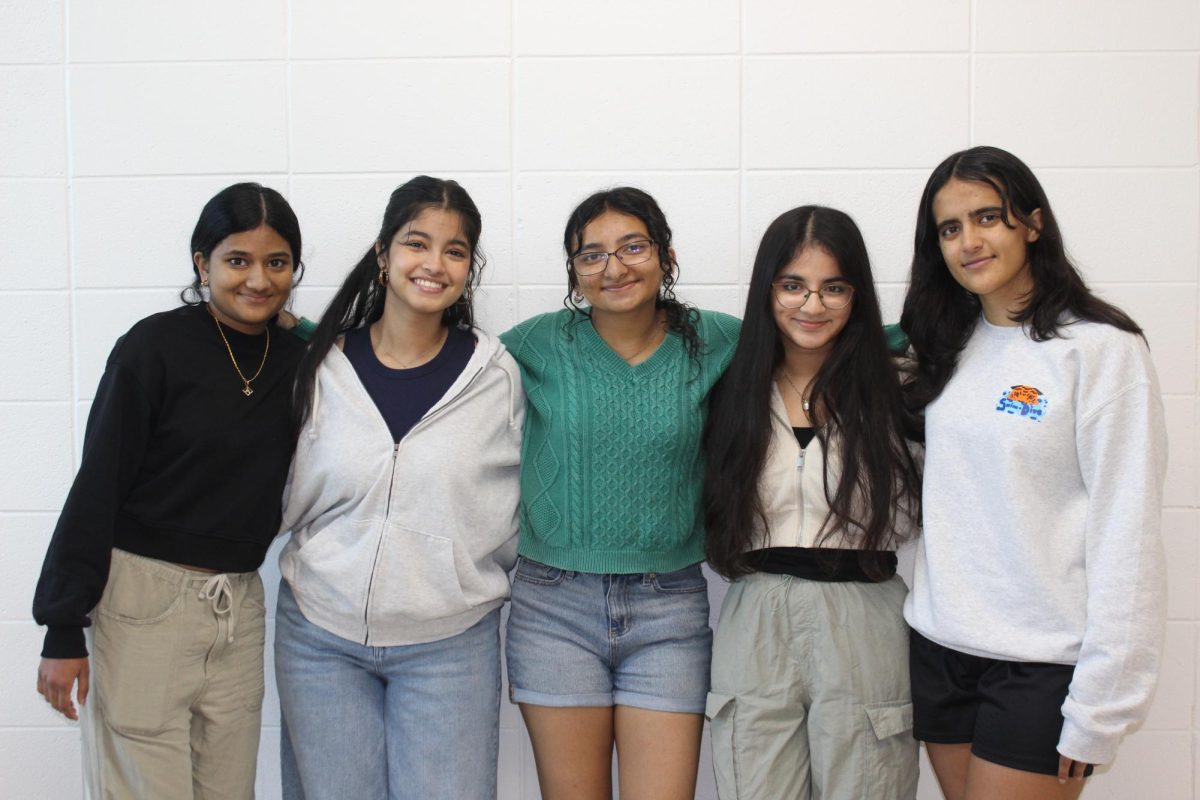As the leaves change color, fall is a great time of year for you to transform yourself into expressing your own sense of style, as well as prioritizing comfort. Throughout the last century, each decade has adapted to the changes in culture, society and technology, ultimately bringing on its own fall fashion trends.
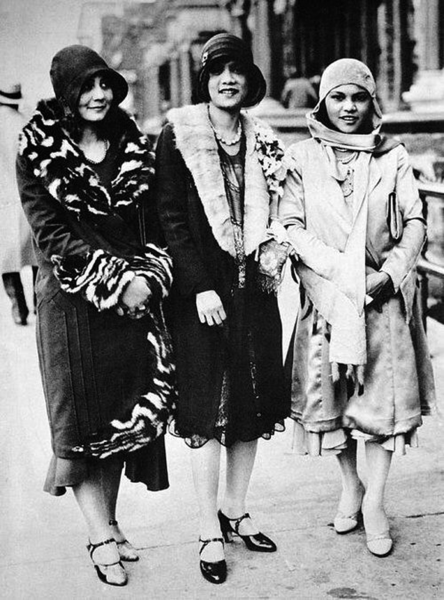
1920s
The 1920s was a time for cooler colors like navy blue, black and burnt orange, with thick wools and cottons. Dresses with long sleeves and high necklines were often paired with matching jackets, scarves and hats. Blouses and skirts were worn in place of dresses. For men, plaid and patterned jackets were popular, according to Vintage Dancer.
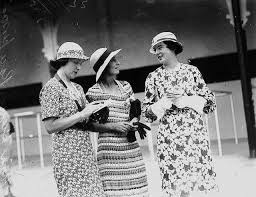
1930s
The 1930s included mid-length dresses with a high neckline and high waistline. Many women wore belts in colors like red, white and brown. Scarves, gloves and hats were popular, in addition to white, brown or black oxfords. Women also wore blazers over their dresses. Knit tops and cardigan sweaters were worn with skirts, according to Vintage Dancer. Wool and flannel were popular for men, as well as incorporating accessories into each outfit like watches, ties, pocket squares and hats, according to The Dark Knot.
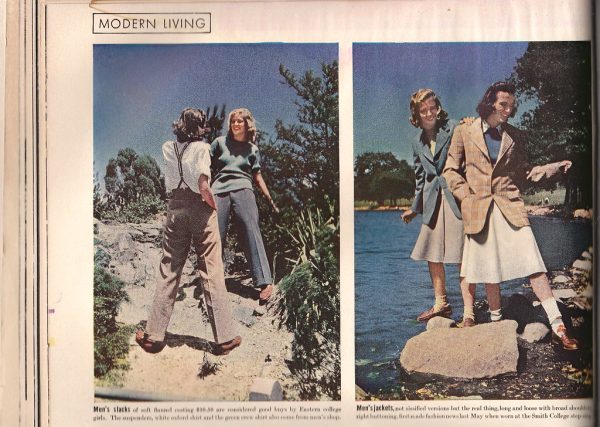
1940s
In the 1940s, plaid knee-length skirts paired with a blouse or thin knit sweater were popular for women among all age groups. Many also wore a wool blazer over it. High-wasted slacks were also common with a colorful sweater. Dark denim jeans paired with a flannel button-down or neutral colored shirts were also growing in popularity, along with overalls, according to Vintage Dancer. For men, hats were worn with almost every outfit, with the fedora being the most popular in the U.S. Formal dress shirts with button-down collars were still the norm. Striped and polka dot shirts were popular, according to the Gentlemen’s Gazette.
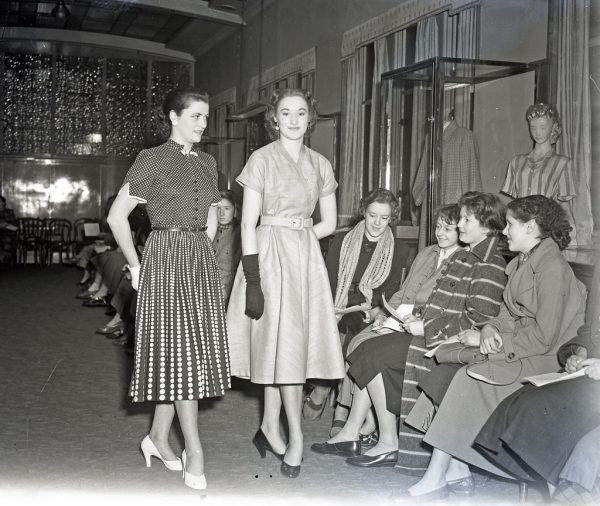
1950s
In the 1950’s, women’s fashion included a blouse with a skirt or trousers, often paired with gloves. Coats and jackets were often worn with solid color skirts or dresses, according to It’s Beyond My Control, a vintage fashion blog. For men, sports coats, Lettermen jackets, bowling shirts and chunky glasses were staples, according to Vintage Dancer.
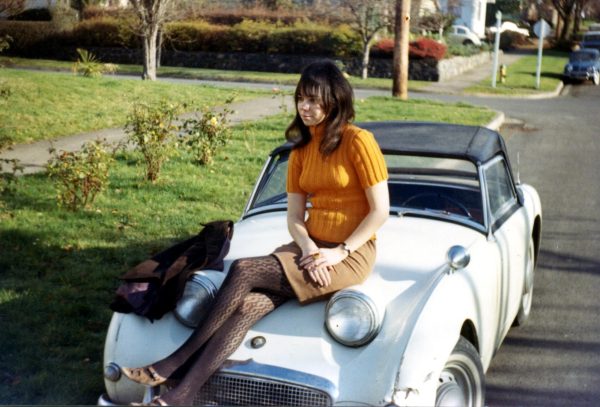
1960s
The 1960s was a time for women to express themselves more in clothing, such as through pencil skirts, button-down dresses, mini skirts and fun patterns. Pants were worn more often and seen less of as a “taboo,” according to Elle. Men also experimented with their own styles, including brighter colors, bolder prints and fun fabric button-downs, according to The Fashionisto. Tie-dye was growing popular among both men and women.
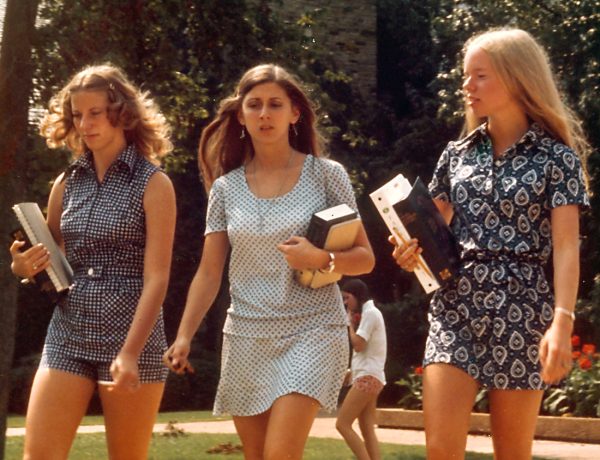
1970s
Popular fall styles for women in the 1970s include bell bottom pants, frayed jeans, midi skirts and maxi dresses. Chokers, headbands, scarves and fun jewelry completed the looks. Tighter t-shirts, sweaters, cardigans and boots were also popular. Pastel colors were also the trend, according to Central Casting. For men, bell bottoms, silk shirts, velvet pants and chunky platform shoes were all the rage. Men often experimented with bright colors and bold prints, according to The Fashionisto.
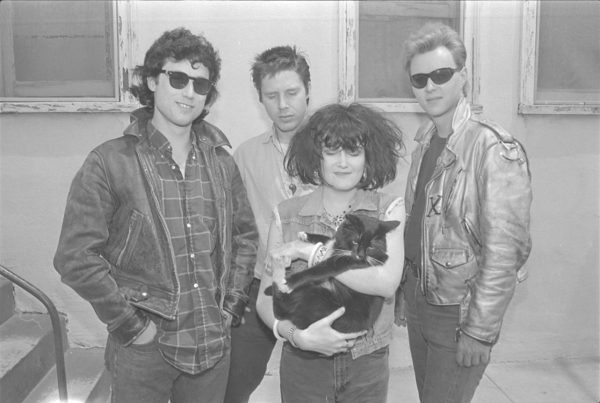
1980s
For women in the 1980s, some popular trends were high-waisted jeans, leg warmers, lacey shirts, cut-off sweatshirts and spandex. Neon and bright colors were also popular, according to Lagacybox. For men, bright colors and a preppy look with polo shirts and khakis were popular. A punkrock style was also popular with leather jackets, ripped jeans and band t-shirts, according to the Fashionisto.
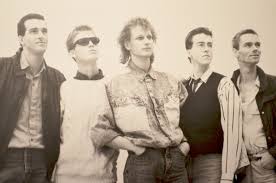
1990s
For both men and women, the grunge style was popular, with staples like flannel shirts, ripped jeans, band t-shirts, combat boots and beanies. Baggy pants, oversized t-shirts, tracksuits and athletic sneakers were also popular. The preppy look also continued with pieces like polo shirts, pleated skirts, sweater vests and loafers. The Levi’s 501s were a staple in people’s wardrobes, according to Livelovesara.
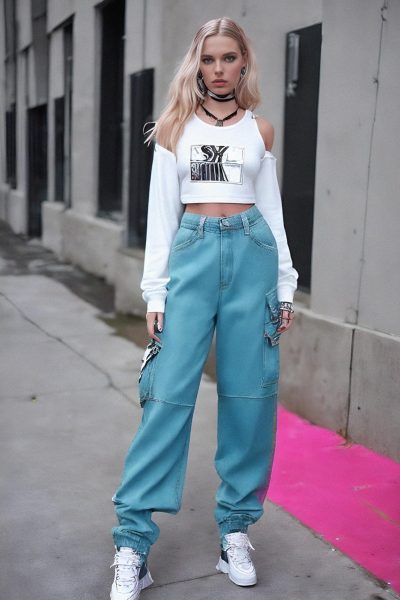
2000s
The Y2K trend was growing in popularity in the early 2000s, with clothing pieces including ballet flats, low rise pants, Uggs, leg warmers, cargo pants, denim skirts and capris for women, according to Women’s Wear Daily (WWD). For men, baggy jeans, oversized t-shirts, cargo pants, skinny jeans and athletic sneakers from brands like Nike, Adidas and Converse, according to FashionBeans.
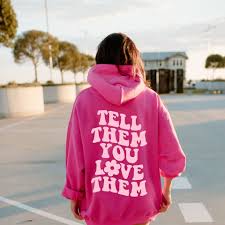
2010s
Fashion changed from formal into more athleisure in the 2010s from brands like Lululemon and Athleta, social media being a main contributor to the fashion, according to WWD. Gen-Z also started multiple trends, like the popular Vsco Girl trend, which included items like oversized t-shirts, choker necklaces, Hydro Flasks and scrunches. Men’s fashion was similar with stand-out fashion including merch, minimal sneakers (especially white), lux joggers and tracksuits, skinny jeans, belt bags and hoodies, according to FashionBeans.
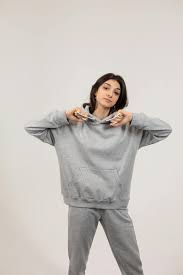
2020s
Today, fall fashion has taken multiple turns, but all embracing the idea of self-expression. We’ve taken back the trends of athleisure, Y2K, thrifting, streetwear and more oversized and gender-neutral clothing. Specific staples include baggy and wide-leg jeans, cargo pants, crop tops, platform and athletic sneakers and oversized sweaters. Knitted sweaters and vests have also become popular.



![The Concert Choir sings their last song of the night, “Wide Open Spaces” by Sarah Quartel. Senior Ella Globerger said, “These concerts in general, [I] like promoting people to come see them, because what we do here is really special, and it's really amazing to be able to share art with the world.”](https://www.lhsdoi.com/wp-content/uploads/2025/10/IMG_1099-1200x800.jpg)
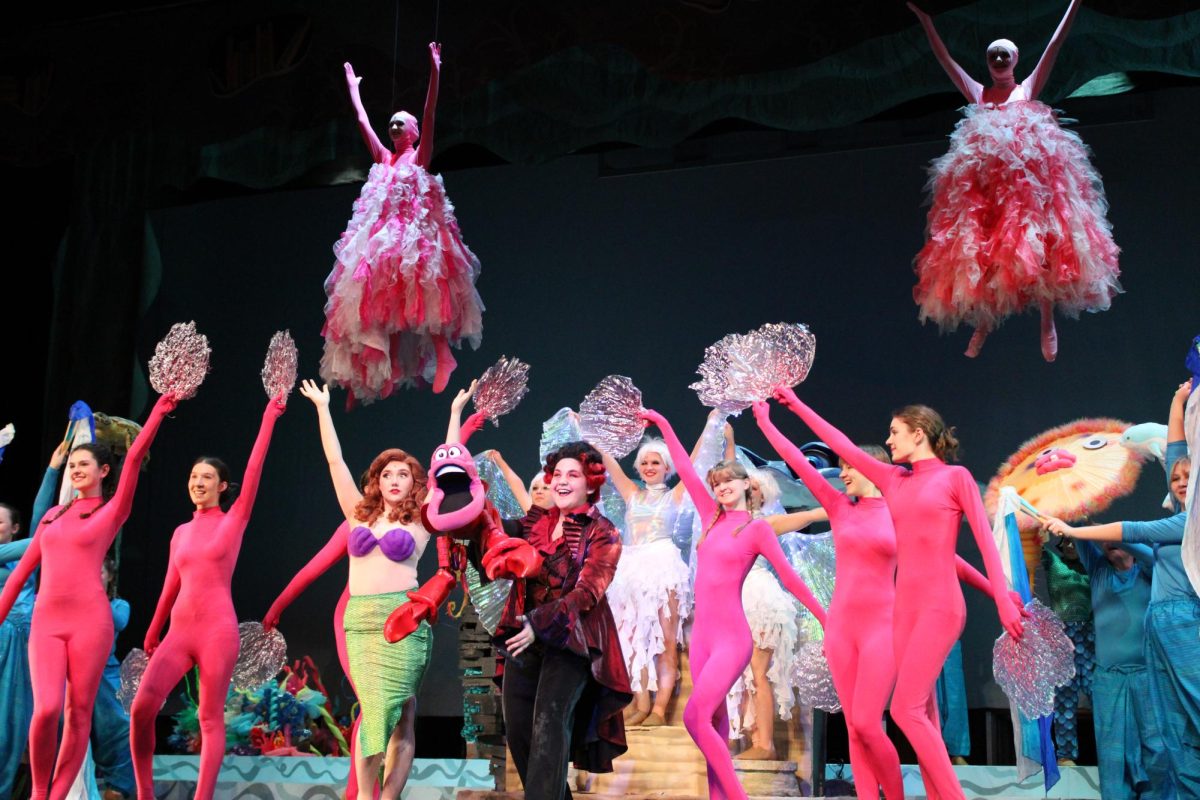
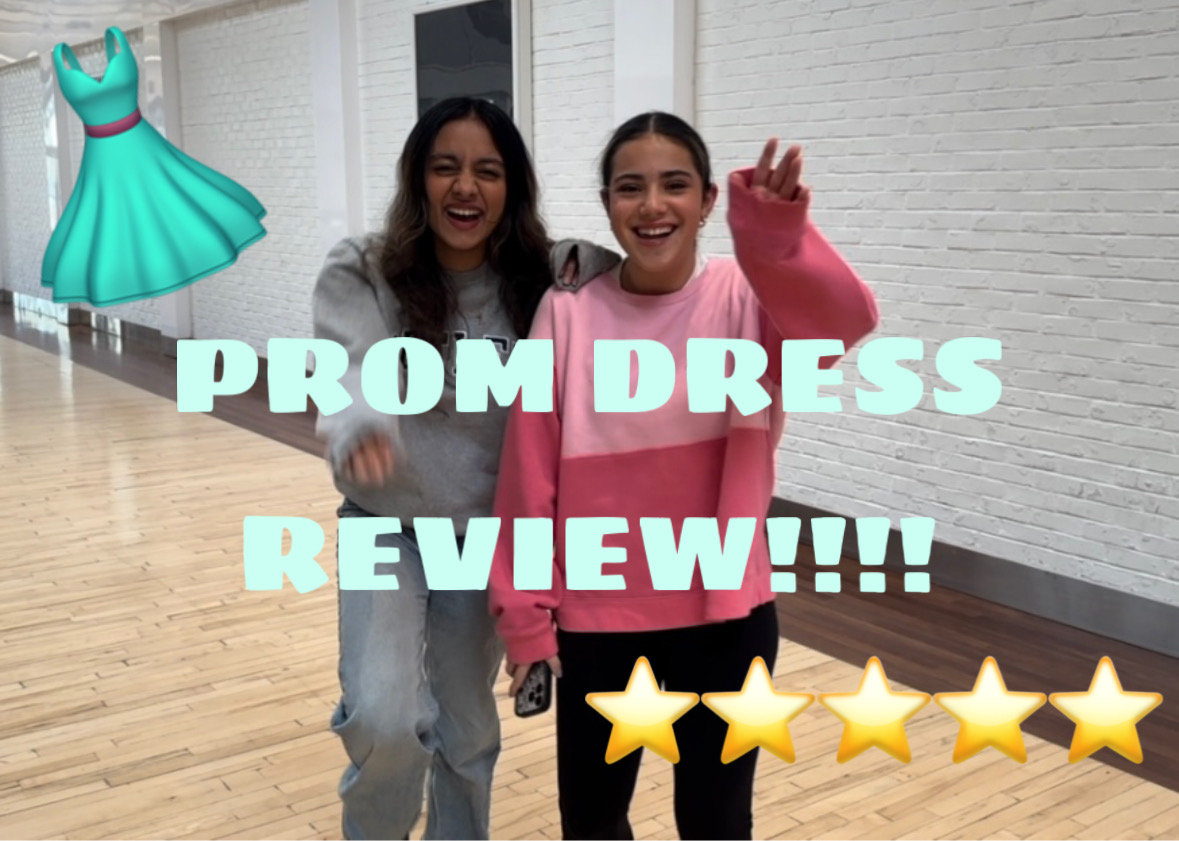
![Senior River Thompson joins the Jazz Ensemble by singing “That Old Black Magic” by Mercer and Arlen Arr. Mark Taylor, along with senior Annie Brody on guitar and junior Thomas Teixeira on bass, earning big applause. “[The concert had] great energy because it's the last [jazz concert] of the year,” Brody said.](https://www.lhsdoi.com/wp-content/uploads/2025/04/Eight-That-Old-Black-Magic-1200x800.jpg)
